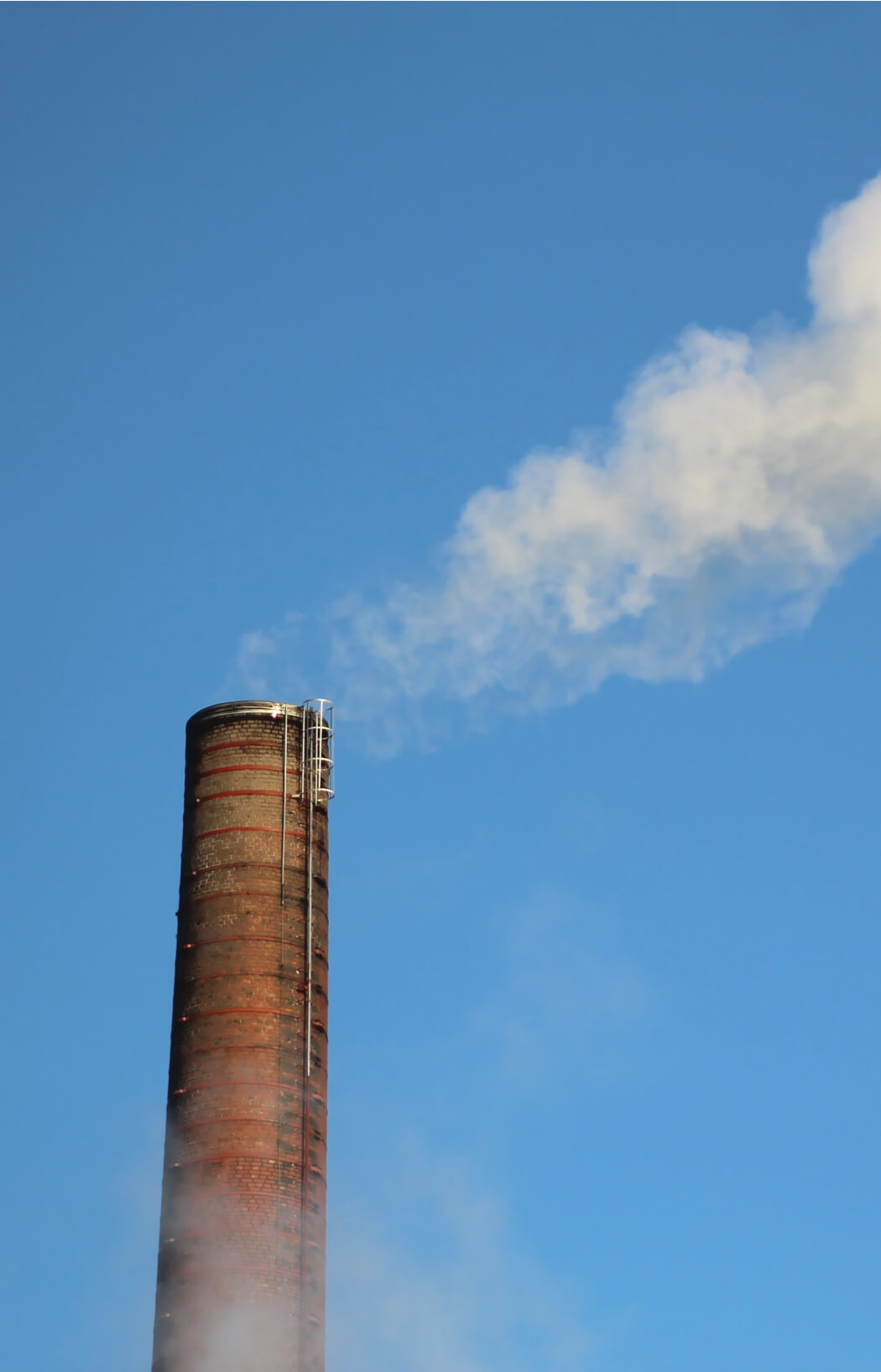Carbon: Not as bad as you think
Considering the sheer number of articles about climate change in the past few years, it is not surprising if you have chanced upon many of these types of claims but do not know what they mean. Terms such as ‘carbon footprint’ are commonly being thrown around by companies, activists, and governments alike, but what exactly does the term ‘carbon footprint’ mean and why is it so important?
Before we unpack the term ‘carbon footprint’, let us first understand the importance of carbon itself. Over time, as the increase in carbon dioxide emissions becomes an increasingly pertinent issue, the term ‘carbon’ has grown to have a negative connotation and is shunned by many. However, the presence of carbon is, in fact, vital to our ecosystem. Carbon is an element that sustains life on Earth. Carbon is not only present in our atmosphere, but also in oceans, plants, animals and your very own body! Places that store vast amounts of carbon, such as oceans and forests, are known as reservoirs and are being regulated by the carbon cycle.

Figure 1 (NOAA, 2019). There are many different processes and reservoirs which play a vital role in regulating the carbon cycle.
In this cycle, carbon from the reservoirs is being transported from one reservoir to another, through processes such as photosynthesis, deforestation and respiration. Carbon from one body can also be transferred to another down the food chain. For example, carbon stored in the leaves and stems of plants will be transferred to our bodies when we consume them. Consuming healthy amounts of carbon is important for our bodies as we need them for cellular growth and repair. Some marine organisms, such as clams and corals, use the carbon available in the ocean to build shells and skeletons. Evidently, life on Earth cannot do without carbon.
The Carbon Cycle
Our Earth is a closed system. This means that the absolute amount of carbon on Earth does not change. Through different natural processes, the amount of carbon in each reservoir may vary over time. However, when too much carbon is transferred from one reservoir to another within a short period of time, an imbalance in our carbon cycle is created and coping with the overflow of carbon in that particular reservoir would prove to be difficult for our Earth. For example, when fossil fuels are burnt, the carbon stored in them is released into the atmosphere as carbon dioxide. In addition, the rate at which carbon is being released into the atmosphere as a result of this intense burning, is a lot faster than the rate at which natural processes can take the carbon in and store them in other reservoirs. This results in an overall increase in carbon dioxide in our atmosphere, trapping heat on Earth, causing Earth’s temperatures to rise.
Anthropogenic carbon dioxide is released not just through burning fossil fuels, but through other human activities such as cultivation of crops and livestock, transportation and use of electricity. Depending on how one disposes their waste, the amount of carbon released into the atmosphere also differs. Indeed, every small action we take will contribute to the emission of carbon dioxide. This mark we leave behind because of our actions is known as our carbon footprint.
Everyone and everything have a carbon footprint
Similarly, every product also has a carbon footprint. When calculating the carbon footprint of a single product, there are multiple processes and factors that need to be accounted for. For example, in order to calculate the carbon footprint generated by our BamNut Milk, we had to consider the raw ingredients needed, refinement steps, mode of transportation, packaging, storage, the type of energy used in each process and many more! In total, we have calculated our BamNut Milk (assuming that it is sold in Singapore) to have a carbon footprint of 0.38kg CO2e/kg. This means it emits 0.38kg of carbon dioxide equivalent for every kg of BamNut Milk which is only one-fifth of the total carbon dioxide equivalent emitted in a typical cow’s milk. Similar calculations can be applied for everything we consume or do daily.
But why is an understanding carbon footprint so important in the first place?
Carbon footprint tells us how much biocapacity is required to neutralize the amount of carbon emitted during the production of a particular product. This creates accountability and makes us more aware of the carbon emissions we are contributing through our own actions. This acknowledgment helps to unite all the culprits of carbon emissions (which is everyone) and stop the finger-blaming game. By being more aware of our own carbon footprint, we can slowly make small adjustments to our lifestyles that will reduce emissions. These adjustments include small actions from switching off electrical appliances when not in use, buying only what we need, or changing to a plant-based diet. All these little habits can have a large impact on our Earth in the long run.
Want to start to make a change?
Find out how big a footprint you left in 2021 and what actions you can take to reduce your carbon footprint here: https://mycarbonzero.org/your-mcz-journey/calculate-your-emissions. Take some time to think about the tiny steps you can take to reduce your footprint along the way. Share and educate your friends about the importance of being aware of your own carbon footprint!
References:
Global Footprint Network (n.d.) Climate Change. Retrieved from: https://www.footprintnetwork.org/our-work/climate-change/
National Geographic Society (2019). The Carbon Cycle. Retrieved from: https://www.nationalgeographic.org/encyclopedia/carbon-cycle/
National Oceanic and Atmospheric Administration. (2019). Carbon Cycle. Retrieved from: https://www.noaa.gov/education/resource-collections/climate/carbon-cycle
For further reading:
Cole, B. (2021). LinkedIn. Retrieved from: https://www.linkedin.com/feed/update/urn:li:activity:6878503229446066176?updateEntityUrn=urn%3Ali%3Afs_feedUpdate%3A%28V2%2Curn%3Ali%3Aactivity%3A6878503229446066176%29
Clark, M. A. (2020). Global food system emissions could preclude achieving the 1.5°C and 2°C climate change targets. Science. Retrieved from: https://www.science.org/doi/abs/10.1126/science.aba7357
EarthLabs. (2021). Carbon On the Move. Retrieved from: https://serc.carleton.edu/details/files/410330.html
Youmatter. (2020). Carbon Footprint Definition. Retrieved from: https://youmatter.world/en/definition/definitions-carbon-footprint/

